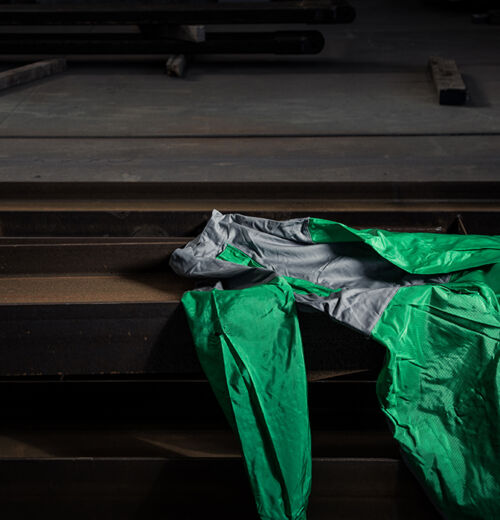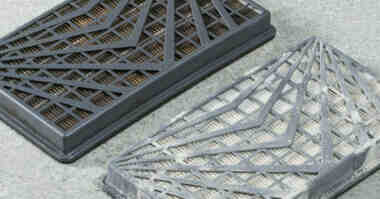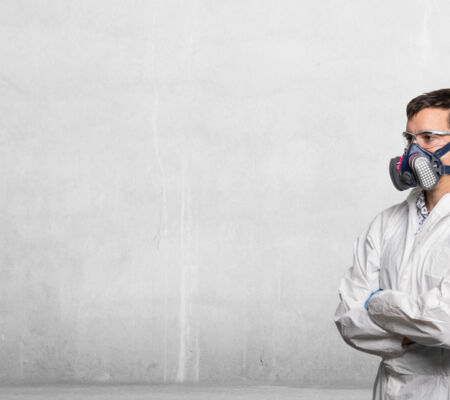
The ‘Great Resignation’ is on, and its impact is being felt in many industries, including manufacturing and construction.
Back to Articles & Resources View all General Respiratory Protection content
An employee leaving can have a profound effect on the workplace, with a decrease in morale and productivity being the most obvious. There are other implications too, like financial costs. It’s often underestimated but recruiting and training new staff is actually very expensive. Combined with the loss of institutional knowledge, errors by new employees and time spent by management teaching new staff, estimates suggest an hourly paid worker leaving a company costs the business on average $1,500, while a technical position costs 100 to 150% of the salary. Company profits take a hit with costs like that!
So, what can businesses do to stop the rot? As Richard Branson once said, ‘Clients do not come first, employees come first. If you take care of your employees, they will take care of the clients’. Never has such a true thing been said and it matters now more than ever. Paying staff what they're worth is a good start, including extra benefits (like a bonus) is a real pleaser. Comfort and safety are also super important. If employees are working in a hazardous environment, whether it involves airborne particulates like Silica, or respiratory droplets from diseases like Covid 19, they need to be supplied and trained to wear personal protective equipment (PPE) such as loose-fitting respiratory protection.

Statistics don’t lie, in 2020, on average 340 workers died each day from hazardous working conditions in the US,
while an estimated 120,000 workers died from occupational diseases across the year.
These are people who have suffered long term health effects from lung diseases like Silicosis, contracted from their place of work years earlier.
Employers also reported nearly 3.2 million work-related injuries and illnesses in 2020. Understandably, according to the Worker Value Survey of 2020, half of all respondents said they will not work for a company if they don’t feel safe.
Times have changed, people understand workplace hazards more and there is real awareness now that hazardous substances might not hurt you today, or tomorrow, but they might kill you in 20 years' time. There are also more job opportunities now, so workers can be more selective about where they want to work. This all adds up to companies needing to focus more on safety, there are no excuses. If they don’t, the ‘Great Resignation’ will continue for many years to come.
Related Articles

Environmental Impact of Healthcare PPE
With so many unknowns on the frontlines, including Covid 19, PPE provides healthcare workers with a much-needed layer of defense.
Read article
Crystalline Silica: What does it mean for you?
More than 85% of workers exposed to respirable crystalline silica work in the construction industry - totaling over 2.3 million workers.
Download whitepaper
Is Workplace Compliance Enough?
We place our trust in regulatory bodies to create safety work standards. Over time, for the most part, these standards have evolved.
Read article